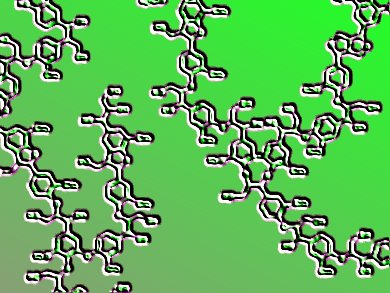The main bottleneck for ethanol production from lignocellulose is the pretreatment costs as well as lack of suitable microorganisms with a broad substrate spectrum. Johann Orlygsson and colleagues, University of Akureyri, Akureyri, Iceland, studied the ethanol production capacity from sugars and lignocellulosic biomass hydrolysates (HL) by Thermoanaerobacterium strain AK17 in batch cultures. The strain which was isolated from hot springs in Iceland converts various carbohydrates to, acetate, ethanol, hydrogen, and carbon dioxide.
The results indicated that the strain is a promising ethanol producer with high yields from lignocellulosic biomass, reasonable tolerance for the presence of inhibitory compounds and is capable of degrading a broad variety of carbohydrates present in lignocellulosic biomass.
Optimal enzyme concentration was between 0.8 and 1.0 mL g–1 biomass. Lower concentrations resulted in lower ethanol yields; higher concentrations did not enhance ethanol yields. Optimal concentration of lignocellulosic biomass HL was 2.5 g L–1.
The main drawback of the strain is its inhibition of substrate (glucose) utilization at elevated substrate concentrations. This limitation could be solved by cultivating the strain in fed batch or continuous mode.
- Effect of various factors on ethanol yields from lignocellulosic biomass by Thermoanaerobacterium AK17,
Arnheidur Ran Almarsdottir, Margret Audur Sigurbjornsdottir, Johann Orlygsson,
Biotechnol. Bioeng. 2012, 109 (3), 686–694.
DOI: 10.1002/bit.24346




